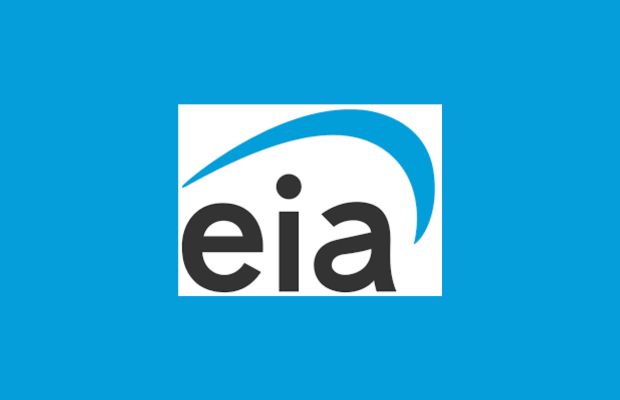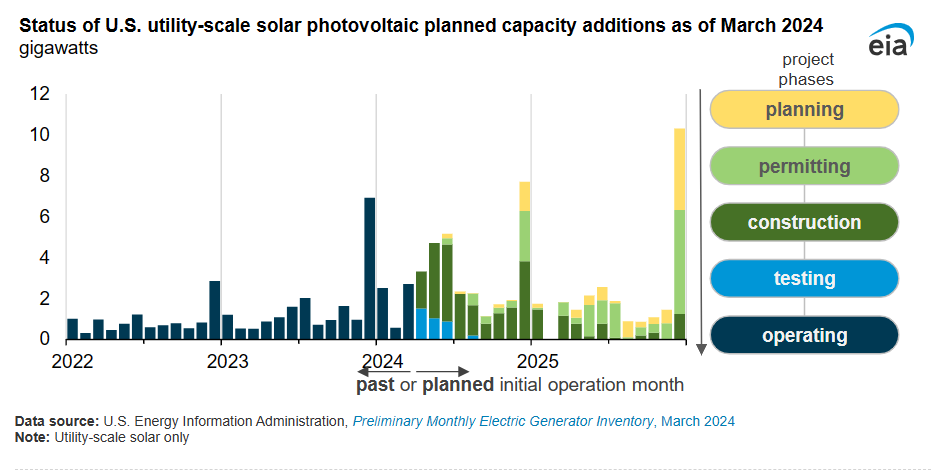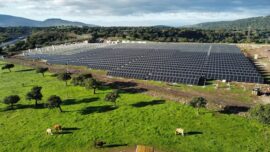Highlights :
- Although the share of solar capacity reported delays fell in 2023, it was still higher than the average share of delays between 2018 and 2021
 EIA
EIA The Energy Information Administration (EIA), the federal body tasked with tracking energy policy in the US, recently reported fewer delays to install new utility-scale solar photovoltaic (PV) projects in 2023 than in 2022.
EIA in its report said, “In 2023, solar developers pushed back the scheduled online date for an average of 19% of planned solar capacity compared with an average of 23% in 2022. Although the share of solar capacity reported delays fell in 2023, it was still higher than the average share of delays between 2018 and 2021.”
The decrease in delays came at a time when utilities were adding more solar to the grid. In 2023, the electric power sector began operating 19 gigawatts (GW) of new utility-scale solar PV generating capacity, a 27% increase from the existing solar capacity at the end of 2022. Solar power is the fastest-growing source of new electricity generation in the United States because of falling costs, tax credits, and other policies that provide incentives for adding renewable energy sources.
The report added, “Number of developers reporting project delays can vary greatly from month to month. However, the percentage of total planned solar capacity with a postponed operational date trended upward throughout 2021 and 2022, reaching a peak at 33% of planned capacity delayed in December 2022. The time between when a planned solar project is first reported on the Form EIA-860 and when the project becomes operational varies considerably.”
According to an analysis of generator project interconnection timelines by the Lawrence Berkeley National Laboratory, the median length for a solar project is 25 months, from the signing of an interconnection agreement to the commercial operation date.
Projects can be delayed for several reasons, including complications involving permits, construction, or equipment testing. One key factor affecting solar panel installations is the availability of building materials.
US trade policy can also affect solar deployment. US tariffs that affect Chinese manufacturers of solar PV cells and modules in China are suspended by a Presidential Proclamation until June. Once the proclamation expires, imported crystalline silicon from China and certain companies operating in Cambodia, Malaysia, Thailand, and Vietnam will again be subject to tariffs.

US Utility Scale Solar PV Capacity As Of March 2024
EIA in its report found, “Electric power sector added about 6 GW of net summer solar capacity in the first quarter of 2024. For solar projects that developers plan to have operational before the end of 2024, about 24 GW is in the testing or construction phase, and about 6 GW is in the permitting or planning stage. Another 26 GW of new solar capacity is scheduled to come online in 2025, most of which is in the permitting stage.”



























